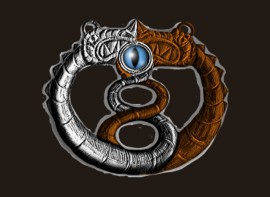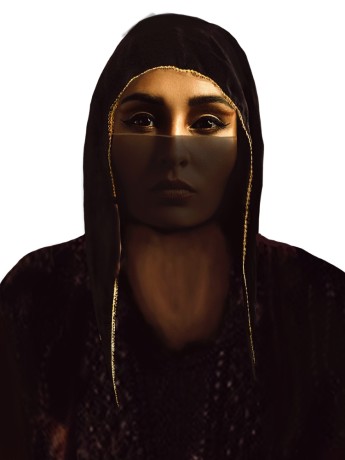The anghirian nations and cities
The nation that inhabits Anghir calls themselves Chyrrkhanril, the northern people

The Chyrrkhans themselves tell stories of their predecessors coming from the South in three waves. They call their ancient homeland south of Bôghir Schadarghir, the land of grandfathers.
When the first wave came to the mouth of Chermaghin, they found small settlements with a small population which the Chyrrkhans called the Teachers. The first Chyrrkhans, the Erighani,and especially the part of them that later parted, the Tighans, learned how to build ships, harvest plants, and basic crafts.
In the time when the second wave of Chyrrkhans arrived in Anghir, the fruitful and forested catchment area of Chermaghin had been already taken, so they began to settle along the upstream of Birighin. Later they proved to be great miners and blacksmiths who supplied the whole of Anghir with their bronze products.
Oghlar, one of the main characters coming from the tribe of the Tighans, called them Zerilansand their best-known city was Zerach at the Nobi Eragh, the Tin Mountain. These so-called southern Erighani were not as lucky as their earlier coming relatives. They also found indigenous people upon their arrival. Ancient predecessors of the Katawdos. They looked at the newcomers as intruders and soon after the Erighani settled on the upstream of Birighin, skirmishes broke out between the old residents and the newcomers.
The southern Erighani later managed to push the old residents further into the dry plains at the foothills of the Lion Mountains. The Katawdos, however, have never forgotten the injustice and during their robberies, they have come to the lost homelands for revenge. It is natural that the Erighani have always repaid with the same intensity, thus the hatred between these two nations have grown the more blood has been shed.
The Chyrrkhans of the second wave who had stayed in the grassy plains of the downstream of Birighin later became the core of the tribal union of the western Harghani, the riders, although they acquired this name later after they had attained first horses from their eastern relatives.
They lived for many generations as herdsmen, hunters and fishermen in their small families around a so-called fireplace, the hrin, which connected up to ten related families.
The eastern Harghani, they call themselves the Sharians in our story, came as the last, the third wave from the South and all that was left for them were the inhospitable grassy plains and rolling hills of Niri Eraghrin, the Low Hills. It did not take long before they discovered the picturesque, hospitable area surrounding the Blue Lake, Meri Ochir.
The Sharians were the first who brought horses to Anghir which they had found during spying and robbing in the east beyond the pass Shari Kar. It was one of the few places where the Lion Mountains could be passed. These robberies, in particular, were the source of lasting hostility between the Sharians and their eastern neighbors the Orofantari (nomadic tribes of Nogaims called Aim il-shar).
The last, considering their numbers and importance, were the Nomghans – the herdsmen.
The Chyrrkhan nations live in free tribal unions led by an elected tribal chief who was the dawigelar. It is not, however, the case of the Nomghans who live in family villages led by the elder man, the shakhilar, and they have not yet progressed to creating the tribal union led by a chief.The last, considering their numbers and importance, were the Nomghans – the herdsmen.
It doesn’t apply to the Tighans either, who have always served as a bridge between the tradition and innovation that arrived with the merchant ships. They left the idea of the tribal system and are directly subordinate to the warden named by the king who is called scharughir.
The Chyrrkhans live mainly dispersed in small settlements. In the mountains, they have enclosed villages; in the lowlands and by the rivers, they live in big separate estates. This is the reason why there are so few settlements in Anghir we could call towns, let alone cities. All these towns are located within the area of the mightiest tribal union of the Erighani.
First, it is the only harbor of Anghir called Nirruch, which is the heart of a small area of the Tighans – the seafarers. Nirruch, however, is not a typical city. It has no walls and it is dense and asymmetrical town laid out on the side of a big mountain rising above a sea bay.
On the midstream of Chermaghin lies wooden Sirrach, the largest and the only real city of Anghir, which is, unlike Nirruch, surrounded by a continuous wall with a wooden palisade.
The last settlement that can, with a bit of exaggeration, be called a city is the famous town of blacksmiths and miners, Zerach, upstream of Birighin. Halfway between Sirrach and Zerach lies the above-mentioned king’s fortress Dowril Awrakh.

